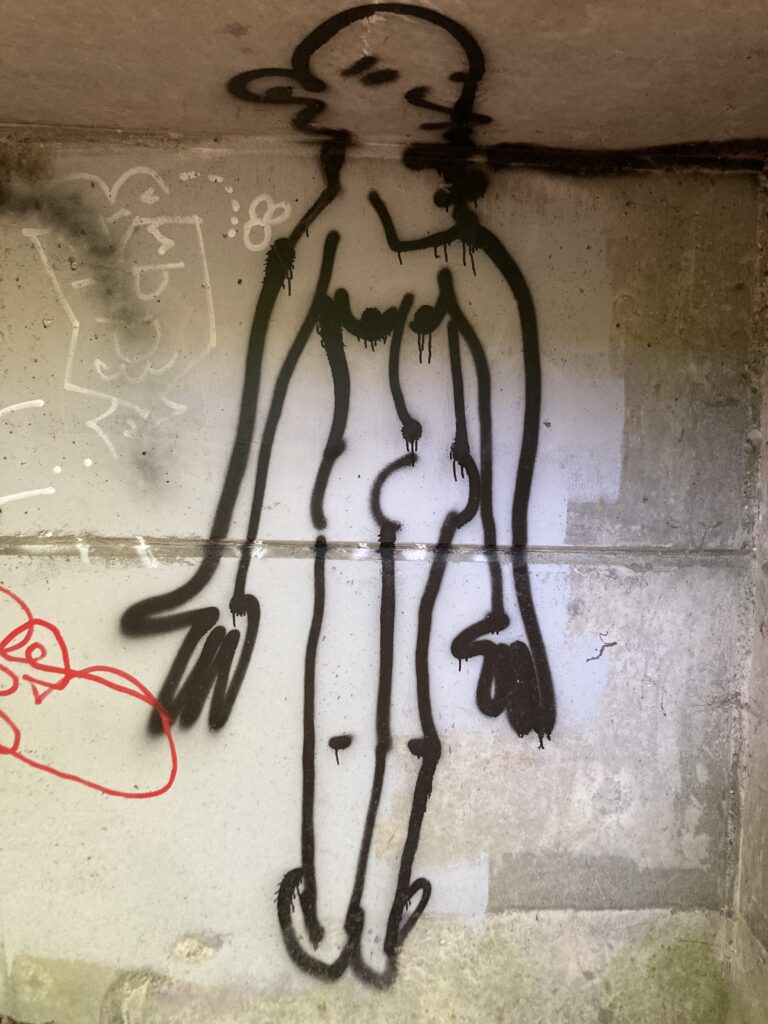Merchandise
‘There is no ‘Autumn by the Wayside’ pop-up shop. No booth. No storefront. Not even a man selling t-shirts out of the back of a pick-up truck.
Not officially anyway.
Unofficially speaking, there does seem to be something or someone out there because you’re hardly the first to ask. The answer, however disappointing, is ‘no.’ We don’t strive to make money off the Wayside and we’ve been successful in that endeavor and that endeavor alone.’
Of course I stop. Why wouldn’t I? Nearly a decade, now, I’ve followed the winding path this guide puts forth and I have nothing to show for it but wrinkles and scars and a budding nervousness that I worry may bloom into general anxiety or acute paranoia. I see the Stranger, still, though I hardly mention him anymore. It’s difficult for me to know whether he’s really there in those moments, always a face in a crowd or a swiveled head in a passing car or a snapshot reflection. I wonder if he thinks I’m following him. That’s a worry, too.
When I see a booth in a dead mall at the very edge of northern Texas that claims to sell official Wayside merchandise, that is “Merchandise licensed by the hit guide, ‘Autumn by the Wayside,’ I stop. Of course I do. I loiter near the window and note that, by the collection of dust, this impermanent installation seems to have been here for quite some time.
The window boasts the usual suspects: an arrangement of hats and t-shirts with the Guide’s faded logo. There are koozies and coasters and a few engraved bottle openers. My eyes are drawn to a display just inside, boasting rare, out-of-circulation items. Artifacts from ‘The Immolated Kat Cirkus’ pre-immolation, for instance. Jars of cat hair that appear to be only moderately singed. And needles from ‘The Thirsty Cactus’ taken before it was downed by lightning.
And beside that a sign that says: We have the key to the room you’ll be locked in (prices vary).
And beside that the Stranger, looking bored.
I blink and he remains. Not a reflection or a memory, but the Stranger himself, looking older the way I look older. He doesn’t see me- looks over as soon as I think it.
I’m gone around the corner before he finishes the turn. The Stranger, his obsidian rabbit-thing in a bed on the counter. Both healthy in a way that neither Hector nor I have managed. And rooted? I risk another look and see he’s gone back to boredom. But it isn’t boredom. He’s reading. And maybe content.
Contentment seems so far off that I didn’t recognize it at first.
The Stranger turns toward me again and I run. I don’t want to be seen, still searching. And I don’t want him looking for me if he isn’t already.
-traveler




